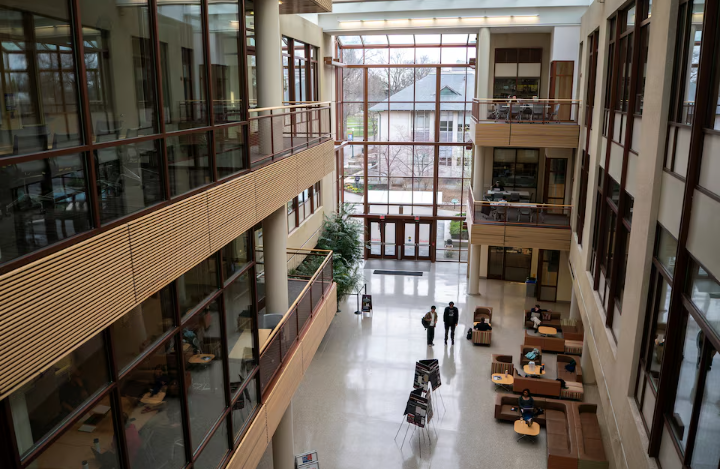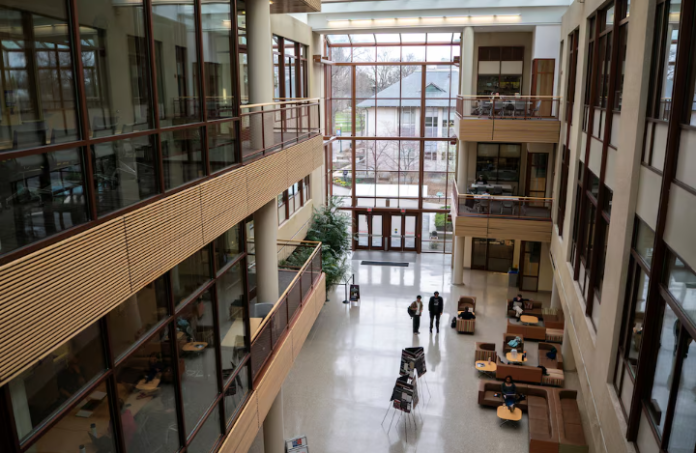The Trump administration has placed 60 universities under investigation for alleged antisemitic discrimination, sparking confusion and concern in the academic world. Some schools were surprised to find themselves on the list, as they had already resolved past complaints—or had never faced any complaints at all. With billions of dollars in federal funding at stake, institutions are scrambling to understand the reasoning behind these investigations.
Unexpected Inclusions on the List
Muhlenberg College, a small liberal arts school in Pennsylvania, was one of the institutions targeted. In early 2024, the college took decisive action against antisemitism by firing a professor accused of discrimination. The U.S. Education Department considered the issue resolved. Yet, in March 2025, Muhlenberg was unexpectedly included in a list of universities under investigation.
The letter, signed by Craig Trainor, the acting civil rights chief, warned that universities tolerating antisemitism could lose government funding. However, nearly a third of the 60 schools had already addressed previous complaints or had never been accused of antisemitic discrimination. This has led many academic leaders to question the criteria used for selecting institutions.
Lynn Pasquerella, president of the American Association of Colleges and Universities, stated that university leaders were caught off guard. “There’s a lot of confusion because they don’t even know the nature of the allegations against them,” she said.
Contradictions in the Investigation
The Trump administration’s list differs significantly from assessments made by the Anti-Defamation League (ADL), an organization that monitors antisemitism. Seven of the universities under investigation—including Muhlenberg—received B grades or better from the ADL, meaning they were rated as handling antisemitism relatively well. Meanwhile, several schools with failing ADL ratings were not included in the investigation.
Adding to the confusion, some of the universities on the list had no recorded antisemitic incidents but were being investigated for discrimination against Muslim, Arab, or pro-Palestinian students. The list also left out universities that had been heavily criticized for allowing pro-Palestinian protests to escalate.
Political Motives and Funding Threats
Many believe the investigation is part of Trump’s broader effort to reshape higher education. His administration has repeatedly criticized universities for being “infested with radicalism” and has threatened institutions that do not align with its policies.
In a drastic move, the administration recently cut $400 million in funding to Columbia University, a center of pro-Palestinian activism. The warning letters sent to universities came just days after this funding cut, raising concerns that financial pressure is being used as a tool to enforce political agendas.

Some universities are taking a cautious approach, stating that they will comply with the Education Department’s inquiries to avoid funding losses. Others, like Santa Monica College, are pushing back, asserting that the government has no legal grounds to withdraw financial support.
Impact on Students and Academic Freedom
While the Trump administration claims the investigation aims to protect Jewish students, critics argue that it could have the opposite effect—turning education into a political battleground. The pressure to conform to government directives may lead universities to limit free speech, suppress activism, and alter disciplinary policies to avoid funding cuts.
The situation remains fluid, but one thing is clear: The future of these universities—and their financial stability—hinges on how the administration proceeds with its investigation.



